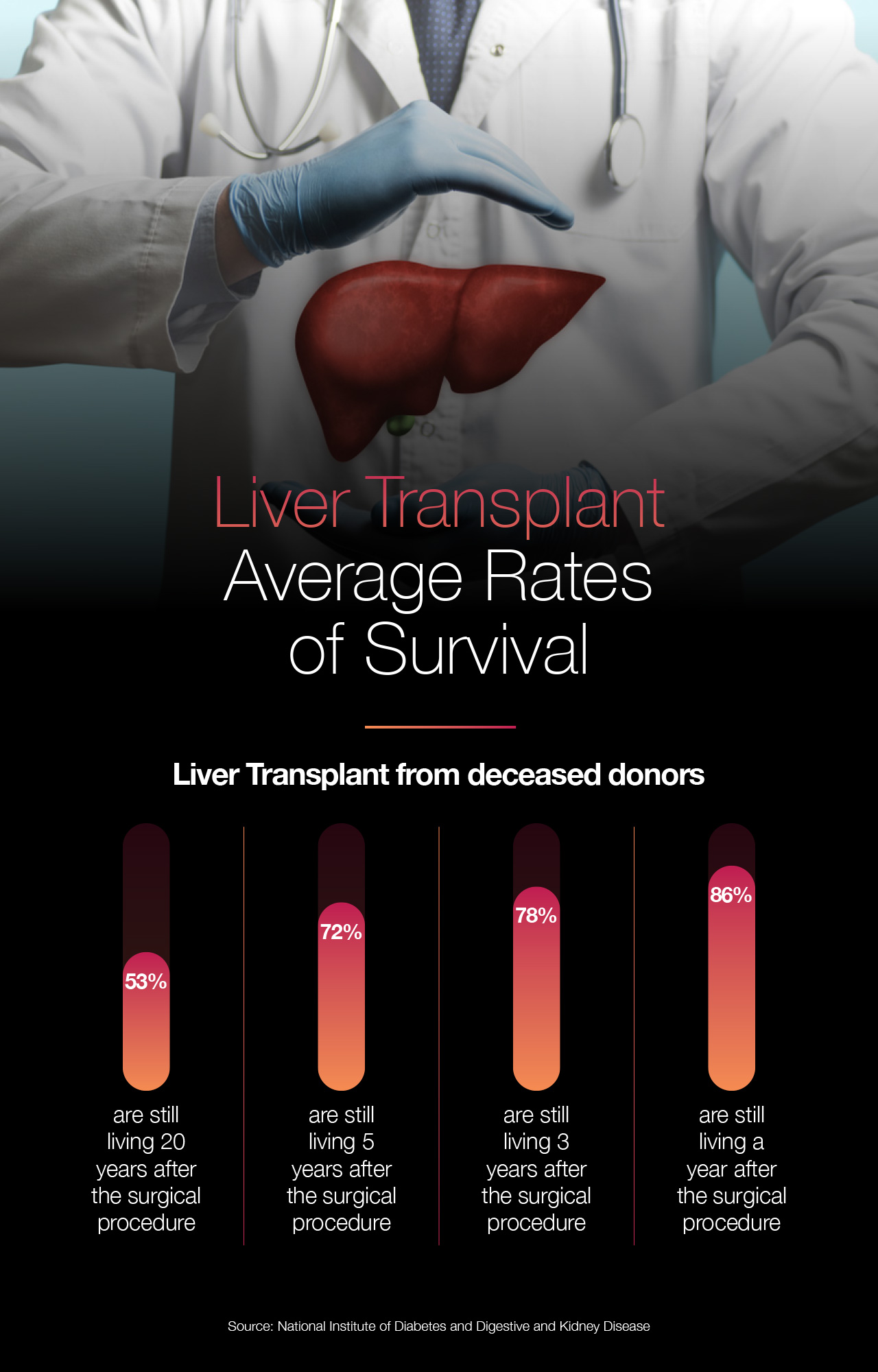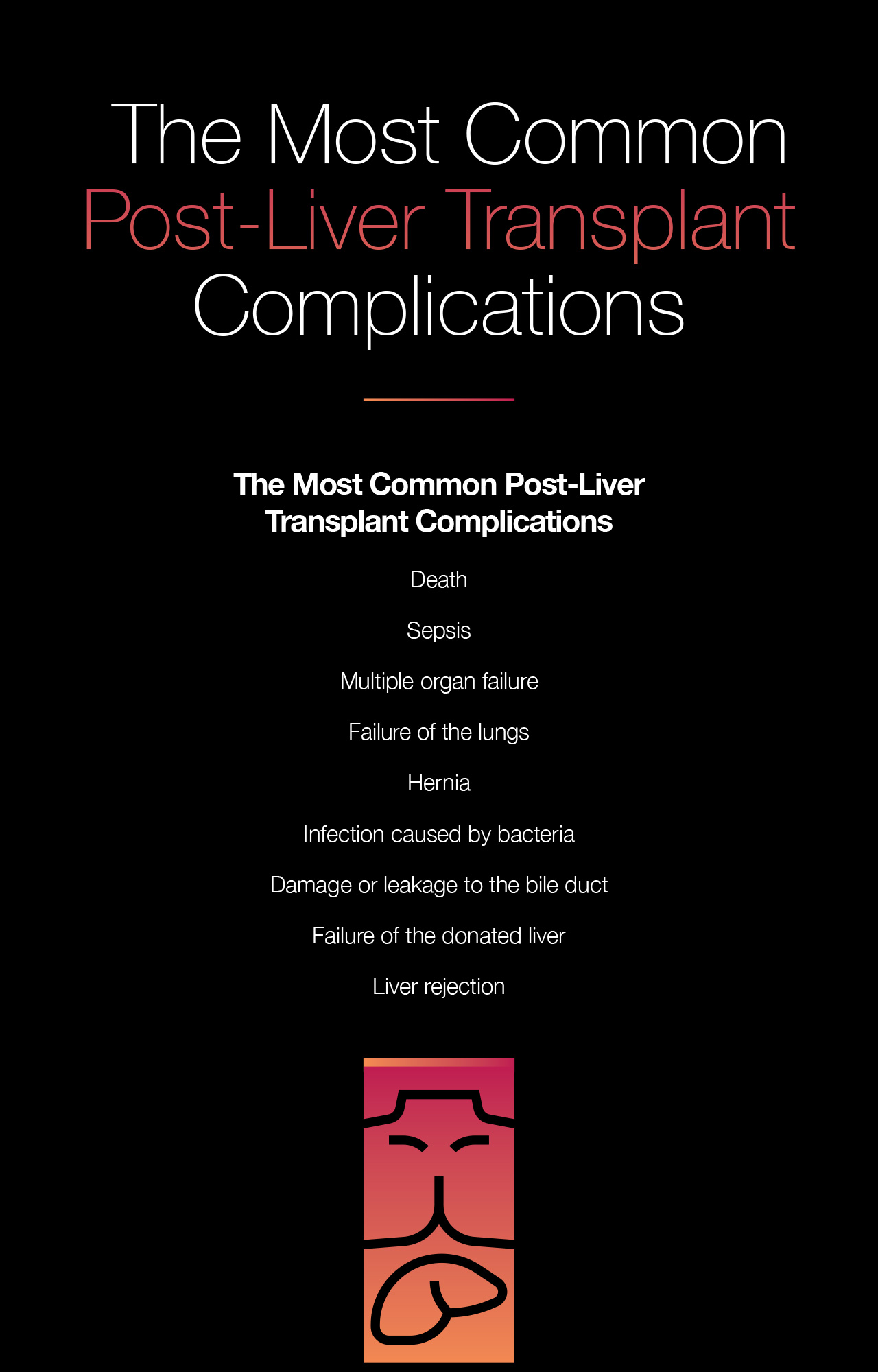There are different types of surgical procedures to address specific health conditions that people may have. Some of these health conditions can be quite severe and may affect critical systems and organs in the body such as the heart, kidneys, and the liver. However, since these medical procedures can be quite challenging, it is natural that some of these surgeries can bring with them certain risks and possible complications. One such sensitive and major surgical procedure is the liver transplant. Just like other surgical procedures, liver transplant complications may occur.
In this article, we look at some of the most common complications of a liver transplant. Read on to find out more!
Liver Transplant: A Brief Backgrounder
Liver transplantation is a kind of surgery that requires the removal of an impaired liver and replaced with a healthy one another person. The transplant could be for the whole liver or just a part of it.
In rare cases, liver transplants usually involve a living donor. It may be a family member, a friend, or even a stranger with matching liver tissues and willing to have a part or portion of their liver donated.
Doctors will typically only have a transplant of the liver performed on a patient once all other options for treatment have been exhausted.
In the United States, there have been 151,895 liver transplants since 1988. As of 2015, there were a total of 7127 liver transplants. The total number of liver transplants (adults) conducted in 2015 was 7127.
As stated earlier, this type of surgical procedure can bring certain complications. Fortunately, though, liver transplants have success rates. The surgical procedure has also shown to extend and help save people’s lives. Especially, those with liver conditions that are already severe or end-stage.
Liver Transplant Rates of Survival
Due to several factors, the prediction of a person’s survival rate after having a successful liver transplant or how long the person will continue living after the procedure. The NIDDK or the National Institute of Diabetes and Digestive and Kidney Disease list down the following average rates of survival for individuals who had the surgical transplantation using liver from deceased donors:
- 53% are still living 20 years after the surgical procedure
- 72% are still living 5 years after the surgical procedure
- 78% are still living 3 years after the surgical procedure
- 86% are still living a year after the surgical procedure
These reported rates for survival can be different based on the data utilized with how and when these rates were estimated. These rates are also affected by several factors including:
- Other health conditions
- Medical history
- Liver failure cause
- Liver failure severity
- Number of organs affected
- Health status before the surgical procedure
- Bodyweight fluctuations a
- BMI or body mass index
- Patient’s age
Two of the most crucial factors for survival and success rates for liver transplant include BMI and age. A recent study conducted in 2017 showed that long-term survival rates for older adults and overweight decreased.

Another factor that may highly influence the survival and success rates of liver transplants includes the cause of the failure of the liver. A study noted that adults and children whose condition was the result of genetic disorders had better rates of survival compared to those who contracted liver failure due to infection or lifestyle choices.
Liver Donors: What is the Process?
Finding a liver donor is a process that can be lengthy, stressful, and challenging. Once an individual is given the go signal for the said medical procedure, his or her medical professional will contact UNOS or the United Network for Organ Sharing and request that the name of the patient be on the waiting list for organ donors. Some people need to wait for half a decade, and sometimes even more before a donor’s liver is matched.
When looking for donors for their patients, medical professionals consider the following factors:
- Matching livers available on the donor list
- Location of the donor
- Body size
- Overall health
- Blood type
- How severe the failure of the liver is
In the US, Americans waiting for the right or appropriate liver donor is estimated to be around 15,000 annually. While there is an increase in the number of individuals requiring transplantation of the liver, the total number of liver donors is steadily declining. In the last decade, patients from the waiting list who have passed away also increased by around 30%.
What are the most Common Liver Transplant Complications?
Some of the major complications and possible risk that accompanies a liver transplant procedure include the following:
- Death
- Sepsis
- Multiple organ failure
- Failure of the lungs
- Cuts made during surgery getting ruptured (also referred to as a hernia)
- Infection caused by bacteria
- Damage or leakage to the bile duct
- Failure of the donated liver
- Liver rejection
























